Now any beauty salon is able to offer a woman a lot of procedures that will help maintain her youth. Chemical peeling of facial skin is especially popular., but what it is and how it is carried out must be understood thoroughly.
What is chemical peeling
This procedure helps to cleanse the upper layer of the skin of the face with the enhancement of internal regenerating processes using specially selected chemical formulations. Peeling allows you to radically improve the structure of the skin without resorting to surgical intervention.
In addition, the procedure enhances the protective properties, which stimulates the additional production of collagen, hyaluronic acid and elastin. This allows you to restore tone and even out skin relief, get rid of wrinkles. In addition, the procedure allows you to remove scars, residual defects after acne, age-related pigmentation, freckles and normalize the sebaceous glands.
Most often, chemical peeling is used for the skin of the face, but the procedure is possible for the décolleté, neck and hands.
Effect and mechanism of action
The mechanism of action is based on the effect of weak acids on the skin, due to their penetration into the structural layers of the skin, followed by activation of cellular processes of rejuvenation.
Facial peeling is a chemical burn, the depth of which is strictly controlled by the beautician and helps to eliminate exactly those skin problems that require correction. As a result of the procedure, the dead cells of the surface layer of the skin begin to peel off, and the regenerating processes are activated to replace them with new cells.
The positive result of the peeling is already noticeable after the first treatment. The skin becomes tightened, acquires a velvety surface, roughness and unevenness are smoothed out, the shade becomes even.
Advantages and disadvantages
Chemical peeling of the face, what it is and what is the essence of its conduct, every woman who has decided to preserve her youth and take drastic measures to combat the aging process should know. But before carrying out the procedure, you must familiarize yourself in advance with its pros and cons, which will make it possible to determine and make the right choice.
The main benefits of peeling:
- Cleans the skin from keratinized particles... Under the influence of acid, dead cells of the upper layer of the epidermis soften and can be removed without any difficulty. This helps to even out the surface of the skin and give it a natural, even color.
- Normalizes the work of the sebaceous glands... Most often, cosmetologists recommend this type of peeling for owners of oily skin, as it helps to narrow pores, free the sebaceous glands from subcutaneous fat and improve their functioning.
- Helps smooth wrinkles... The regenerating processes after acid exposure to the skin increase the production of collagen, which helps to increase the firmness and elasticity of the skin. These qualities help to smooth out deep wrinkles and expression properties.
- Eliminates many skin problems... Chemical peels can help remove scars, acne and scars, as sometimes this is the only solution.
Along with the obvious advantages of the procedure, experts highlight certain disadvantages that you need to know.
The main disadvantages of peeling:
- Feeling of discomfort... During the procedure, even with the most gentle composition, there is a burning sensation and tingling, which is due to the effect of acid on the skin.
- Long rehabilitation period... As a result of chemical peeling, redness appears on the skin, followed by peeling of the skin, which changes the usual way of life and requires the necessary period for recovery.
- Complications are possible... The risk during the procedure is minimal, but you should not resort to the services of questionable salons. Peeling should be carried out by a qualified specialist in appropriate conditions.
Indications and contraindications
Such a procedure as chemical face peeling is gaining more and more popularity. This is due to the fact that it has a universal effect and allows you to use it repeatedly.
Cosmetology is prescribed in the event of:
- general skin fatigue (gray tint, uneven surface);
- the presence of age spots and freckles;
- elimination of the consequences of acne and scars;
- increased secretion of fat and enlarged pores of the face;
- improving skin tone and elasticity;
- smoothing of mimic wrinkles and prevention of ptosis.
In addition, chemical peels are sometimes the primary step for more radical aesthetic treatments. It is allowed to use the procedure, both for medicinal purposes and as a preventive measure to prevent early skin aging, but not earlier than 14 years of age.
There are certain contraindications that limit the use of chemical peels until a person's condition improves:
- viral and infectious diseases;
- pregnancy and the period of breastfeeding;
- recent radiation therapy;
- advanced form of acne;
- fresh wounds or scars.
It is strictly forbidden to apply this procedure to people suffering from diabetes mellitus, hypertension, chronic pathologies of the kidneys and blood vessels, oncological diseases and with individual intolerance to the components.

 Don't miss the most popular column article: Face fitness for face contour lifting, rejuvenation, muscle tone. Master class from Elena Karkukli
Don't miss the most popular column article: Face fitness for face contour lifting, rejuvenation, muscle tone. Master class from Elena KarkukliCleaning types
Cosmetologists divide chemical peeling of the face into the following types: deep, middle and superficial. Each of these types has its own characteristics, which distinguishes them from each other. Their main feature is the depth of acid exposure.
Deep
Deep cleansing of the face is possible only in a hospital setting and under general anesthesia. It is the optimal solution for removing deep age wrinkles, scars and scars.
Deep cleaning requires a long rehabilitation period of up to 6 months.
Since the applied phenol solution burns almost the entire epidermis at a depth of 0.6 mm.
After the procedure, the person remains in the hospital under the supervision of a doctor for 2-3 days, because there is a risk of complications.
Median
This type of cleaning involves burning the epidermis to the basal layer of the skin. The recovery period takes about 7 days. It is used at the first clearly noticeable signs of age-related skin changes. During carrying out, there is a characteristic burning sensation and tingling, as it often disappears with the use of trichloacetic or salicylic acid 25%.
Helps to remove the following skin imperfections:
- mimic wrinkles around the eyes, on the forehead and near the lips;
- post-acne;
- pigmentation;
- not deep scars.
Superficial
This type of cleaning has the most gentle properties and is therefore often used for young skin. Recovery takes place within 3 days. The peeling action extends to the upper layers of the skin: horny and granular.
When carrying out, the following types of organic acids are used:
- glycolic;
- fruit;
- retinoic.
If all the recommendations of the cosmetologist for further care are followed, it minimizes the risk of developing any complications.
How is chemical peel done
The procedure involves several stages. Initially, it all comes down to choosing a suitable beauty salon that has a good reputation and qualified professionals. This will help to avoid many serious problems in the future.
Further, the procedure proceeds according to the following principle:
- consultation with a doctor in order to identify possible contraindications;
- a plan of preparatory procedures for home conduct is drawn up;
- chemical peeling is carried out two weeks later, depending on the type chosen;
- upon completion, the doctor determines the course of rehabilitation and gives recommendations for further skin care.
Preparation and Precautions
Chemical peeling of the face, depending on the method chosen, should be carried out after preliminary preparation. This will help prepare the skin for such a strong impact that it will prevent negative consequences in the end.
For superficial cleaning in order to identify the level of tolerance of the components and further get used to them, the doctor prescribes the application of acid for peeling, but in a much lower concentration. Also, if the patient has herpes, preventive therapy is carried out to prevent its appearance.
If a drying acid is used for cleaning, then a course of moisturizing the skin with special means is prescribed in advance on the recommendation of a doctor. Not all chemicals are equally capable of penetrating the skin structure, therefore, a few days before the procedure, the skin is treated with degreasing agents.
During the preparation period, it is necessary to refuse to visit the sauna, bathhouse and solarium, as well as consult a doctor when taking medications.
For middle cleaning, the same preparatory steps are used as for surface peeling, but with minor additions. According to the doctor's prescription, a few days before the procedure, the facial skin is treated with glycolic acid, and subsequently impregnated with special creams containing fruit acid.
If necessary, therapy is carried out to strengthen the vessels on the face... Contact with ultraviolet rays should be excluded during the preparation period, therefore, as prescribed by a doctor, a special sunscreen must be used. Do not use scrubs, washcloths and sponges of a coarse consistency.
With deep cleaning, a complete examination is carried out to identify pathologies of the liver, heart and kidneys.
A course of therapy is prescribed to strengthen the walls of blood vessels. It is necessary to stop taking retinoids 6 months before. The face skin is treated with special bleaching solutions for hyperpigmentation. It is necessary to stop visiting the solarium 3 months before. 2 weeks before cleaning, it is not recommended to carry out procedures that may violate the integrity of the skin.
Carrying out the procedure - the main stages
Chemical peeling is carried out in compliance with all stages of the procedure, which are carried out in a clear sequence one after another.
Stage 1
Initially, a gentle cleansing of the skin is carried out using a gel and cosmetic milk. Then disinfecting and degreasing components are applied to the skin.In addition, the skin should be additionally processed at this stage with a pre-peeling composition, which improves permeability and smoothes the surface of the skin.
Stage 2
At the second stage, cleaning preparations are applied, starting from the forehead and gradually moving towards the chin. The procedure is repeated as necessary. Depending on the type of peeling, the composition remains on the face for a certain time.
Stage 3
At the end of the allotted time, the dermis is treated with a neutralizer, after which it is removed along with the acid. After removing all formulations, a soothing and moisturizing agent is applied to the skin.
results
The improvement in the structure of the skin after the chemical peeling becomes noticeable after the redness, peeling and swelling of the skin disappear. According to statistics, this occurs within 2-3 weeks after the procedure.
Surface peeling results:
- lightens the complexion,
- becomes a uniform shade,
- the relief is smoothed,
- pores are narrowed.
With a middle cleaning, the firmness and elasticity of the skin is noticeably improved, shallow scars and small mimic wrinkles are smoothed out, and age spots are lightened.
The deep cleansing results in the smoothing of deep scars and wrinkles, deep pigmentation spots are visibly brightened. In addition, the contour of the face is tightened and the elasticity of the skin improves.
Skin care after the procedure
Further skin care is to follow certain rules and recommendations in consultation with your doctor.
Their exact implementation guarantees a quick recovery process and eliminates the risk of developing possible complications:
- You can drink for the next 12 hours only through a straw and it is strictly forbidden to brush your teeth and take solid food.
- You can wash your face only with boiled water at room temperature, but after that you can only absorb water from your face with a soft towel.
- It is not allowed to use cosmetic products for facial care for 7 days.
- Do not touch your face with your hands so as not to infect.
- In order to avoid pigmentation, it is necessary to use UV protection products as recommended by your doctor.
- For additional moisturizing, it is necessary to use products based on hyaluronic acid and hydrogel.
- To reduce sensitivity, preparations containing fatty acids, shea butter and essential oils should be applied to damaged areas.
- In order to improve exfoliation of the top layer, it is recommended to use products with panthenol, bisabol and vitamin A.

 Don't miss the most popular column article: Facial massage according to the system of the Japanese doctor Asahi Zogan.
Don't miss the most popular column article: Facial massage according to the system of the Japanese doctor Asahi Zogan.Side effects and consequences
As a result of chemical peeling, damage to the skin of the face occurs, so you need to understand that it is accompanied by certain side effects.
But depending on their complexity, they are divided into expected and unpleasant consequences. In the first case, they pass without a trace after the rehabilitation period, and in the second, they require additional therapy to restore the body.
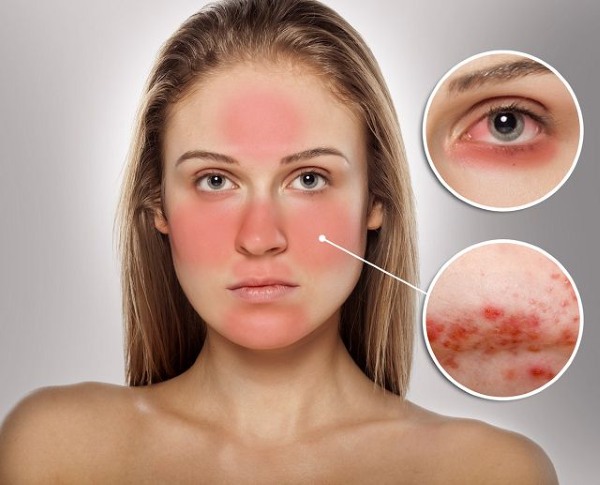
The expected side effects are:
- swelling
- burning,
- redness,
- peeling,
- tightness.
Unpleasant consequences, according to experts, are:
- prolonged allergic reaction;
- hyperpigmentation;
- demarcation line;
- acne and follicular formation;
- herpes;
- persistent inflammation that does not go away;
- seborrhea;
- infectious tissue infection.
Recovery and rehabilitation
Depending on what type of chemical peeling was performed, the duration of rehabilitation will be different.
With superficial cleansing, the skin of the face will be restored within 3 days.
It will take one or two weeks to recover after a medium peel, depending on the individual characteristics of the person.
Deep cleaning requires a long recovery, so all residual effects after the procedure disappear within 6 months.
How often can you peel?
Each type of cleaning has application restrictions. Therefore, before carrying out, it is necessary to familiarize yourself with the possible courses of therapy and the number of them.
Superficial peeling, since it involves a gentle action, is carried out in a course of 5-10 procedures with a break of 2 weeks. The peeling effect lasts for 12 months and then repeats. It is recommended to conduct the course no more than once every six months.
Average cleaning includes 4 procedures in a row with a break of 2 weeks. The course of therapy is possible no more than 1 time per year.
Deep chemical peeling is carried out no more than 2 times throughout life with a break between procedures of 1 year.
The cost of the procedure
Depending on the type of procedure chosen and the chemical used, the intensity and depth of exposure, as well as the area of the problem area and the additional funds used, the cost can vary significantly.
Therefore, you can only focus on the minimum reference point:
- surface cleaning - from 3 thousand rubles;
- middle cleaning - from 5 thousand rubles;
- deep cleaning - from 10 thousand rubles.
Customer Reviews
Numerous positive reviews from doctors and people who were able to eliminate many skin problems with the help of chemical peels prove its effectiveness.
But how then can you explain the presence of negative reviews? Very simple. In pursuit of low cost, many people entrust their health to untested beauty salons, which sometimes do not even have the necessary documents and professional specialists.
It is clear from everything that chemical facial peeling is a procedure that can help a woman slow down the development of skin aging... This procedure has gained popularity also due to its relative availability compared to other aesthetic techniques.
Therefore, now it is considered one of the most versatile procedures that helps to solve many problems of cosmetic properties.
Video about chemical peeling and its benefits:
How chemical peeling is performed by a beautician, see the video:
What not to do after peeling, find out in the video clip:

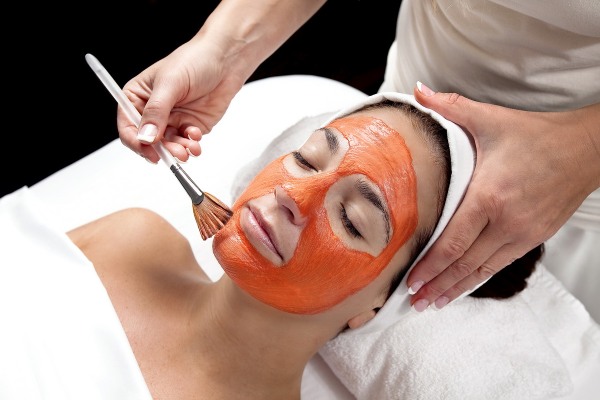
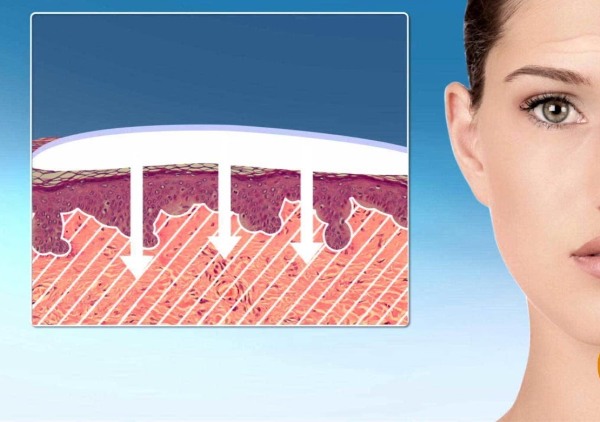
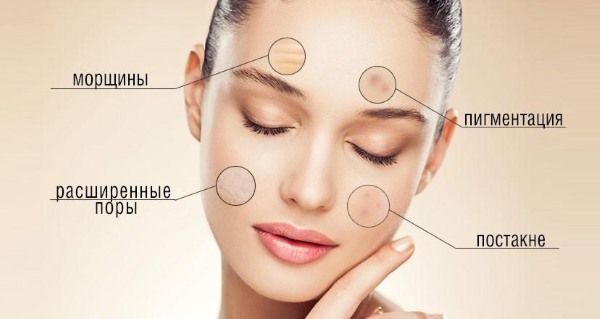
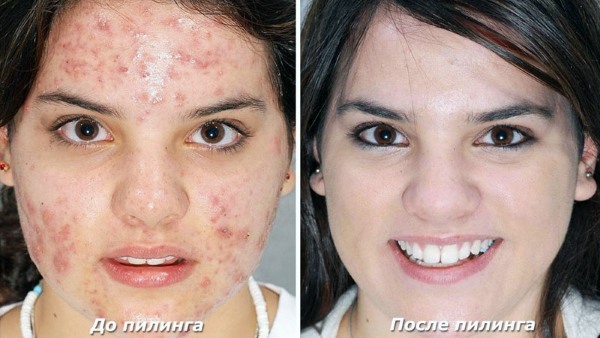
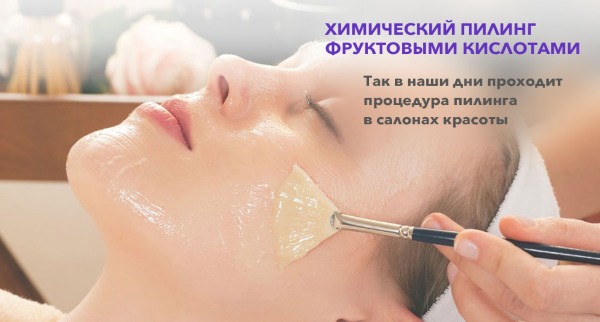
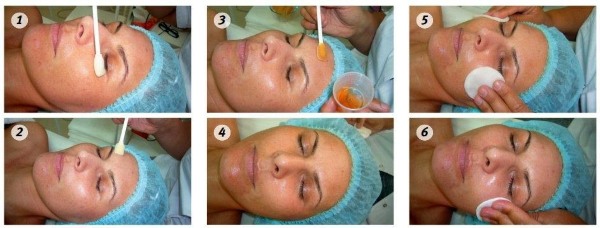
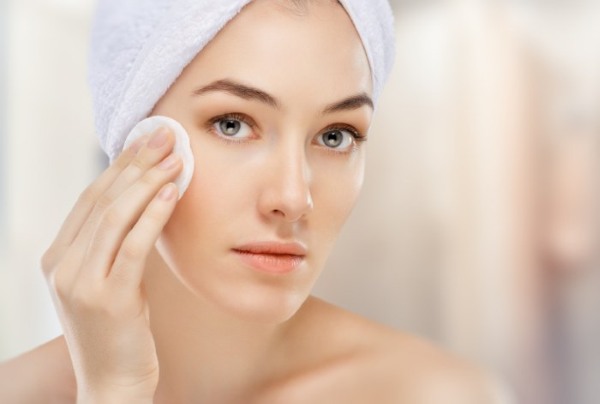
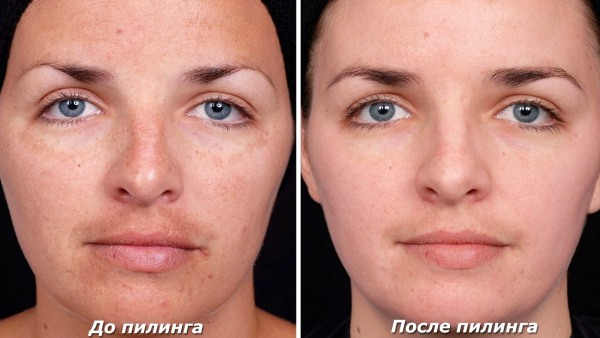
I have been trying for a long time to choose a peeling that suits my skin type, your material helped me a lot. I was able to choose and undergo a peeling course myself, which really suited me)
The peeling procedure will help to quickly restore the skin freshness, youth and bright colors! Several layers of the epidermis and dermis, together with existing defects, are removed by a cosmetologist using ultrasound, mechanical or laser resurfacing, and also under the action of acids - this is a chemical peeling.
Chemical peels are effective, well tolerated, and most importantly, you do not fall out of the usual rhythm of life. Peeling procedures improve the skin structure and are ideal for: - rejuvenating and increasing the density of aging, wrinkled skin - correcting skin with enlarged pores, uneven color and elements of acne, post-acne scars - creating the effect of a "radiant face" in express procedures for special occasions , skin rehabilitation of smokers.